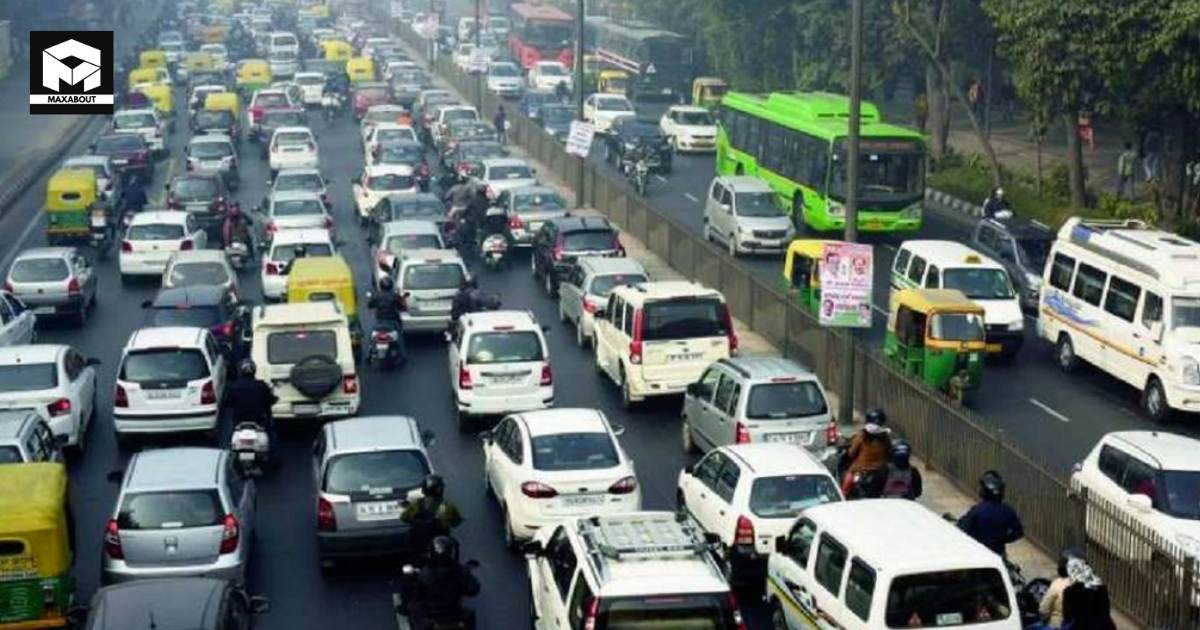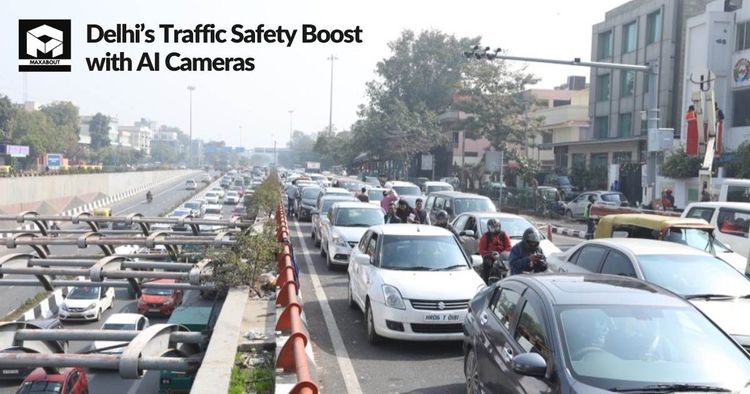Introduction
In a determined effort to significantly bolster road safety and rigorously enforce traffic regulations, the Delhi government is poised to introduce a state-of-the-art system. This breakthrough endeavor involves deploying modern Artificial Intelligence (AI)-based cameras strengthened with Automatic Number Plate Recognition (ANPR) technology. The ambitious project with an estimated budget of Rs. 20 crores, seeks to comprehensively address a myriad of traffic violations and establish a safer commuting environment for all residents and visitors.
Integrated Traffic Enforcement Management System (ITMS)
The cornerstone of the Delhi Transport Department's strategy is the implementation of an Integrated Traffic Enforcement Management System (ITMS) across the entire city. This advanced system proactively detects and penalizes people who violate traffic laws by utilizing cutting-edge AI-based video analytics technology. The ANPR technology, a flexible instrument that allows for the exact identification of different traffic offenses and real-time monitoring, is at the core of the ITMS.
ANPR Technology in Action
An essential part of the ITMS architecture is played by ANPR technology, which gives operators the ability to modify traffic laws for particular intersections and cameras. Its powers extend to recognizing offenses such as triple riding, cell phone usage while driving, and the operation of vehicles without a valid Pollution Under Control Certificate (PUCC). Every vehicle's whole violation history is kept up to date by ANPR which makes it easier to provide informative reports for a thorough examination of traffic patterns.

Targeting Major Traffic Violations
The ITMS initiative strategically focuses on addressing major traffic violations prevalent in the capital. These include speeding, riding without a helmet, not using a seat belt, using a phone while operating a vehicle, and certain issues pertaining to commercial vehicles, like overloading and uncovered goods carriage. The system also handles offenses such as private automobiles impeding highways, buses veering from assigned lanes, and driving in the incorrect lane. Reducing infractions and creating a less crowded, safer driving environment are the main goals.
Actionable Intelligence through Innovative Dashboards
A key feature of the ITMS is its provision of actionable intelligence through innovative dashboards. These dashboards offer deep insights into many metrics, including traffic violations, vehicle count, classification, and historical patterns. These features help traffic planners by giving them the information they need to make wise judgments that will help them create and carry out efficient traffic management plans. Making roadways safer for drivers and pedestrians is the ultimate objective.
ANPR Software Accuracy and Automation
The efficacy of the ANPR software is underscored by its ability to capture license plates and vehicle categories with an impressive detection accuracy of 95% and a conversion accuracy of 90%. Through the use of classifications such as "good," "bad/dilapidated," "broken," or "without numbers," the methodology presents a comprehensive picture of the current state of the automotive sector. An important component of the system is its automation, which speeds up the violation detection process and creates tickets depending on ANPR conversion and violation detection confidence levels.
The integration of AI-based cameras and ANPR technology within the ITMS framework represents a monumental stride toward enhancing traffic safety in Delhi. This comprehensive approach not only serves as a deterrent to rule violations but also aims to foster a road environment characterized by adherence to regulations, thereby prioritizing the safety of all road users.

